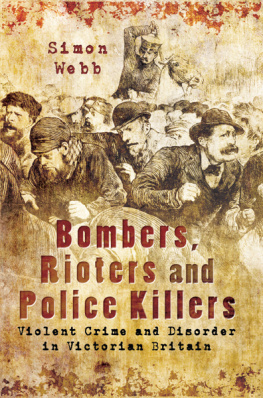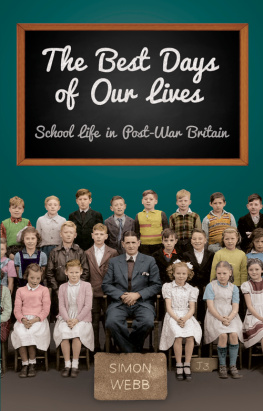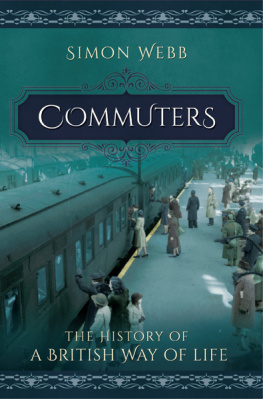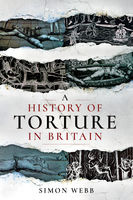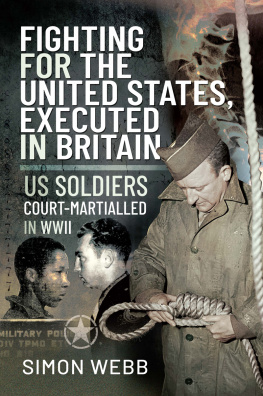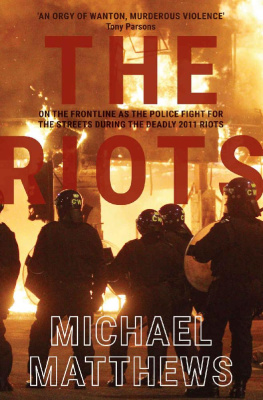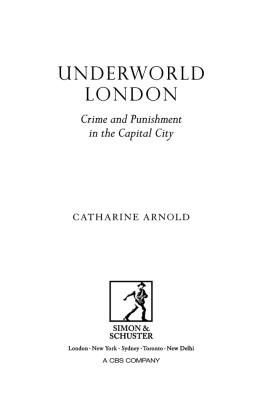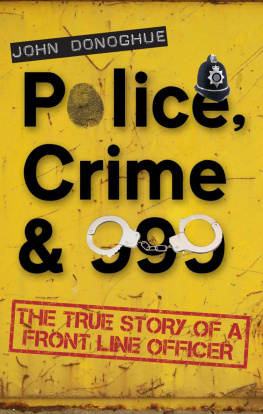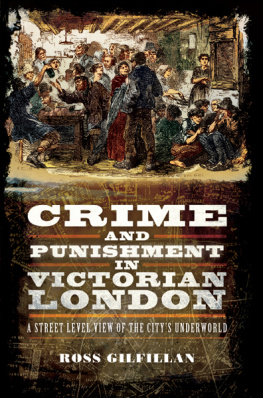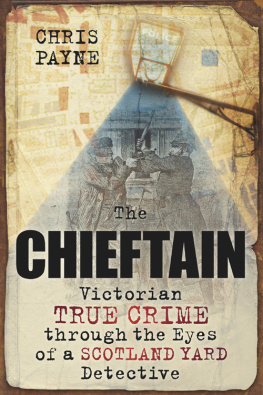First published in Great Britain in 2015 by
Pen & Sword History
an imprint of
Pen & Sword Books Ltd
47 Church Street
Barnsley
South Yorkshire
S70 2AS
Copyright Simon Webb 2015
ISBN: 978 1 47382 718 9
PDF ISBN: 978 1 47387 849 5
EPUB ISBN: 978 1 47387 848 8
PRC ISBN: 978 1 47387 847 1
The right of Simon Webb to be identified as the Author of this Work has been asserted by him in accordance with the Copyright, Designs and Patents Act 1988.
A CIP catalogue record for this book is available from the British Library
All rights reserved. No part of this book may be reproduced or transmitted in any form or by any means, electronic or mechanical including photocopying, recording or by any information storage and retrieval system, without permission from the Publisher in writing.
Typeset in Ehrhardt by
Mac Style Ltd, Bridlington, East Yorkshire
Printed and bound in the UK by CPI Group (UK) Ltd,
Croydon, CRO 4YY
Pen & Sword Books Ltd incorporates the imprints of Pen & Sword Archaeology, Atlas, Aviation, Battleground, Discovery, Family History, History, Maritime, Military, Naval, Politics, Railways, Select, Transport, True Crime, and Fiction, Frontline Books, Leo Cooper, Praetorian Press, Seaforth Publishing and Wharncliffe.
For a complete list of Pen & Sword titles please contact
PEN & SWORD BOOKS LIMITED
47 Church Street, Barnsley, South Yorkshire, S70 2AS, England
E-mail:
Website: www.pen-and-sword.co.uk
Contents
Introduction
I t is a curious and undeniable fact that many, perhaps most, people in the UK are likely to have gained more of their ideas about life in Victorian Britain from works of fiction than from actually studying history. The images and characters from Charles Dickens novels, in particular, are likely to have seeped imperceptibly into our collective unconscious; shaping and moulding what we think we know about life in the nineteenth-century. It is hard to visualize London in the early part of Victorias reign without being influenced, even subliminally, by thoughts of Fagin, the Artful Dodger and Mr Pickwick. Imagining a Victorian Christmas will almost inevitably conjure up the spirits of Bob Cratchit and Tiny Tim. Of course, Dickens is not the only author responsible for our vision of Victorian Britain. Think, for example, of governesses at that time and Jane Eyre springs unbidden into our minds.
This phenomenon, whereby we tend unwittingly to treat Victorian novels and their various adaptations on television and in cinema as being in some way an accurate mirror of the age which produced them, can give us a horribly distorted picture of the past. It leads a lot of us to see Britain in the nineteenth-century as a respectable, well-ordered and highly moral, if somewhat prudish and hypocritical, society; a time when this country was not plagued with undesirable modern scourges such as gun-toting criminals, terrorist bombers, mugging, gangs and riots. The expression Victorian Values hints at this view of the nineteenth-century. Those were the days when there was respect for authority and children did as they were told; an era when the streets were safe and a single, unarmed Bobby could disperse an angry crowd with a few well-chosen, authoritative words. Of course there was poverty, deprivation, crime and disease, but it was, we tend to think, in general a peaceful era, with Britain moving majestically towards the high-water mark of Empire.
The problem with this traditional idea of life during Victorias reign is that it is almost wholly false and misleading. In fact, from Victorias accession to the throne in 1837 until her death in 1901, Britain was a nation in turmoil. This can be most clearly seen when we look at what was happening on the streets throughout the Victorian period. From gun crime and terrorist attacks, to mugging, riots, sabotage, industrial unrest and the murder of police officers; the Victorians had many of todays problems to contend with and often to a far greater extent than we have in the twenty-first century. Little of this is reflected in the literature of the time and may consequently come as a something of a shock to many readers. A simple example will illustrate the point.
In 1842, England was gripped by a General Strike, which was marked by widespread and ferocious rioting, an organized campaign of sabotage and the imposition of something approaching martial law in the North of England. Troops opened fire on crowds of strikers, causing deaths in Preston, Blackburn and Halifax. It is interesting to see how this revolutionary period is dealt with in the novels written at about the time that these momentous events were taking place. It is from such novels, rather than from studying the history of those years, that many of us form our ideas about Victorian Britain.
One of Dickens most popular books, David Copperfield, contains a brief reference to the strikes and disturbances in northern England. Headmaster Dr Strong asks his wifes cousin, Jack Maldon, if there is any news in the papers, to which Maldon replies: Nothing at all, sir. Theres an account about the people being hungry and discontented down in the North, but they are always being hungry and discontented somewhere. And that, as far as the General Strike and military repression of the workers in Yorkshire, is it! There is also mention of the matter in Jane Eyre, but in an even more cursory fashion. A character remarks: I have been so gay during my stay at S_____. Last night, or rather this morning, I was dancing till two oclock. The ____ th regiment are stationed there since the riots.
Even books which purport to show the reality of the Industrial Revolution in northern England, Dickens Hard Times, for example, or Gaskells North and South, present a bowdlerized perspective of society, in which the most prominent features of life in nineteenth-century Manchester are romances among the well-to-do.
This rosy view of life in nineteenth-century Britain, so commonly held, can cause problems when trying to examine and understand modern society. It often seems that we live in alarming and uncertain times; with violent crime, terrorism or civil disorder never far around the corner. This jaded view of the world may be blamed partly upon the mass media, who joyfully seize upon anything which might be exploited for the purposes of creating a good story.
Now, it is of course the custom of journalists and commentators to treat any event, even the slightest bit out of the ordinary, as being utterly remarkable and wholly unprecedented. Whether it is high winds, hot weather, floods, terrorism or rioting; the television and newspapers are always ready to assure us that such things have never before been known in Britain or are, at the very least, the worst on record. When this sort of thing is said of modern crimes and disturbances, it gives us the impression that we live in a uniquely dangerous era and that the prevalence of gun crime, threat of terrorism or scale of rioting has never been greater. We saw this with the rioting which gripped some English cities in the summer of 2011 and it is often asserted of crimes ranging from mugging to the possession and use of firearms. The murder of a police officer is a fairly unusual crime today and one that invariably catches the headlines; exploring the statistics of such crime helps draw useful comparisons with the Victorian era.
When PC Keith Blakelock was hacked to death by a frenzied mob in the 1985 Broadwater Farm riot, the murder was widely treated as a shocking and hitherto unknown type of crime in Britain. It was said that this was the first time a British police officer had been killed under such circumstances. In fact, for much of the nineteenth-century, the beating, stabbing and shooting to death of police officers by enraged crowds was a regular, and largely unremarkable, occurrence in this country. In the decade following the coronation of Queen Victoria in 1838, no fewer than sixteen police officers were murdered by rioting mobs. Some of the disturbances preceding these murders were political, but most were not. Attacking the police was simply a popular entertainment for a large number of working-class men and an opportunity to kick, punch and even stab or shoot a constable was relished.
Next page
